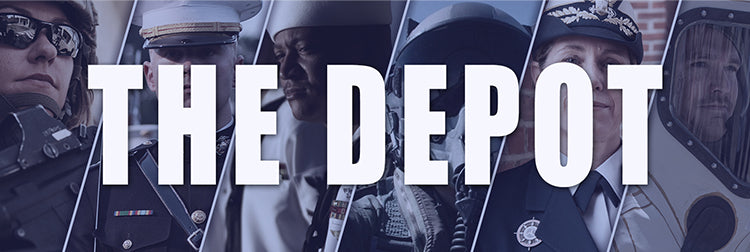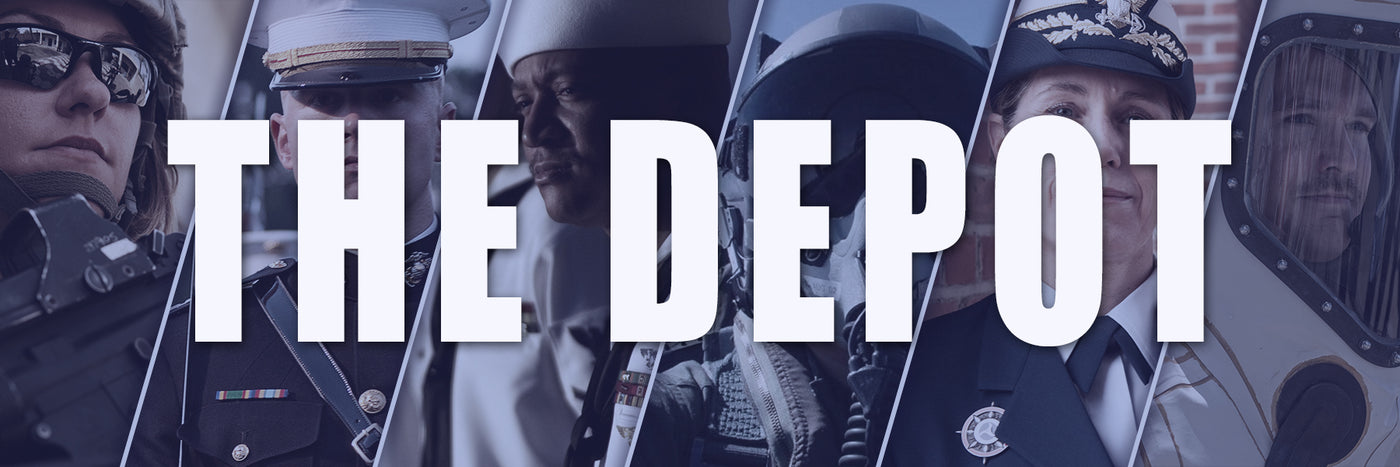
The U.S. Military's Code of Conduct
The U.S. military Code of Conduct is comprised of six articles that set behavioral obligations for U.S. military service members who are in combat or held in captivity as prisoners...
Blog Staff |
ARMED FORCES SUPER STORE 1-877-653-9577 | 8 - 7 CST MON-FRI



The U.S. military Code of Conduct is comprised of six articles that set behavioral obligations for U.S. military service members who are in combat or held in captivity as prisoners...
Blog Staff |

Aircraft contrails in the sky are usually indicators of where an aircraft has come from and where it is heading. If the life of retired U.S. Army Maj. Robert F....
Steven Alvarez |